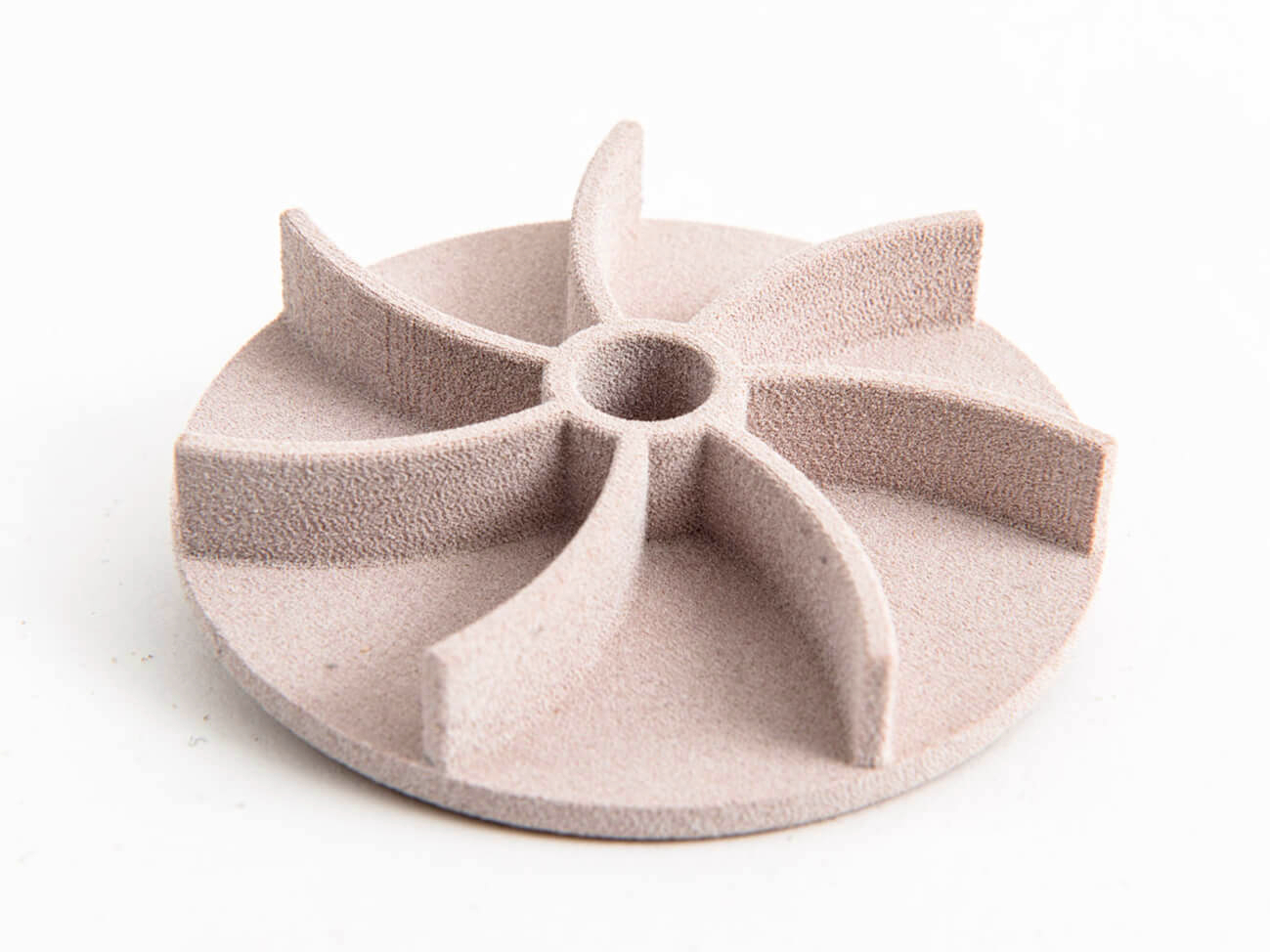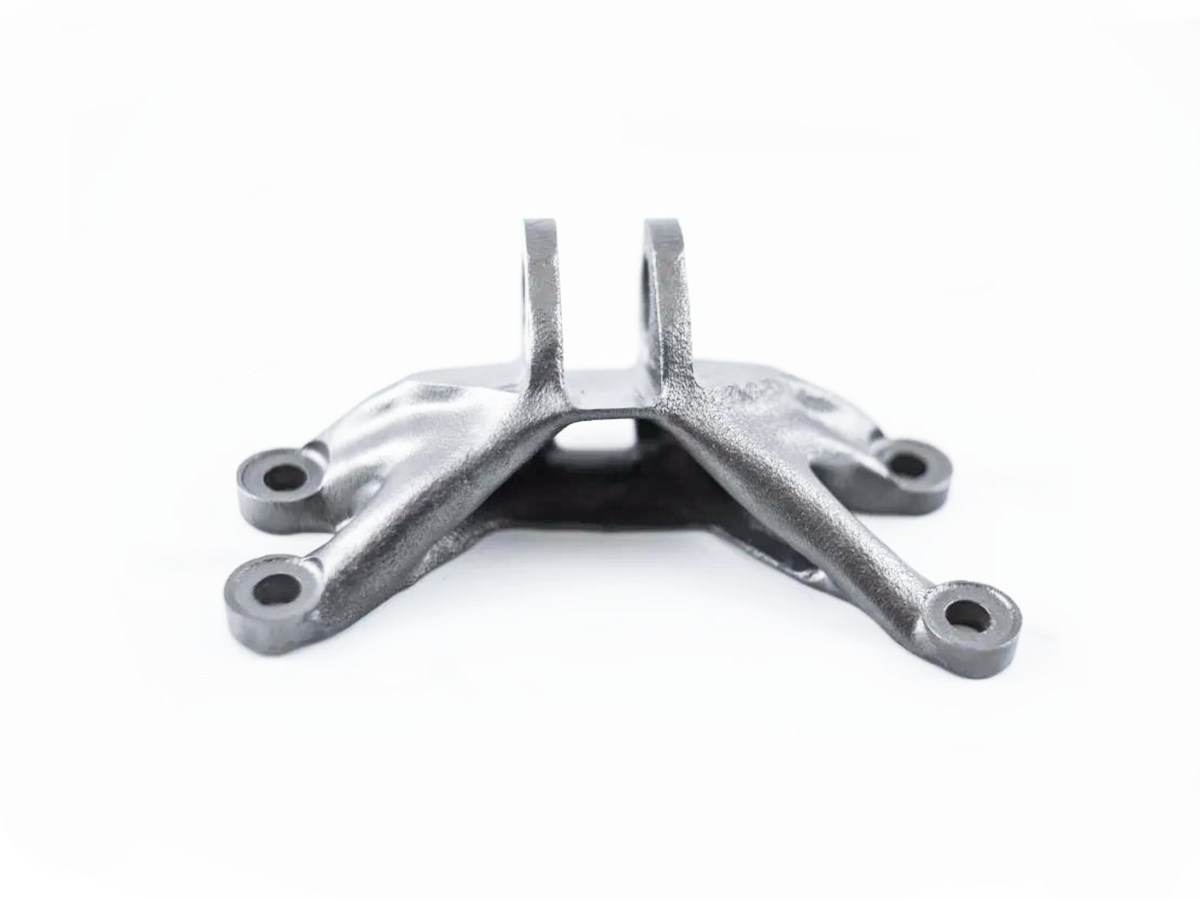Can zirconia ceramics be colored (like tooth shades) after 3D printing?
From an engineering perspective, zirconia is one of the few technical ceramics that can be reliably shaded to tooth-like colors; however, the timing and method of coloring, relative to 3D printing and CNC machining, must be carefully controlled. For custom components, we typically combine near-net-shape ceramic 3D printing (for example using vat photopolymerization such as SLA 3D printing or DLP 3D printing) with high-precision zirconia machining after sintering to achieve both accurate tooth shades and tight tolerances.
How zirconia is colored in the workflow
The coloring of 3D-printed zirconia can be achieved at three main stages. The first is using pre-shaded zirconia feedstocks, where the ceramic slurry or powder already contains coloring oxides; this is common when targeting standardized tooth shade guides. The second is infiltrating the “green” or pre-sintered body with coloring liquids before final sintering. This approach is particularly suitable for additively manufactured parts, because the porous structure allows liquids to penetrate and produce natural gradients from incisal to cervical areas.
The third stage is surface staining and glazing after full sintering. Here, low-fusing ceramic stains are applied on the surface, and the part is refired to fuse the color layer. For functional dental components produced via ceramic CNC machining, we often use a combination: bulk shade is set by pre-shaded or infiltrated zirconia, and fine characterization (enamel effects, translucency transitions) is achieved with surface stains.
Impact of CNC machining and sintering on color
From a manufacturing standpoint, it is essential to recognize that heavy CNC machining of zirconia after coloring can locally remove the stained or infiltrated layer, exposing the lighter core material. That is why most profile-defining operations—milling of margins, occlusal anatomy, and interfaces—are ideally completed at the pre-sintered stage, followed by controlled sintering, and then only light finishing or polishing.
During sintering, the interaction between color oxides and the zirconia matrix also affects translucency and strength. Over-saturation of coloring ions can reduce fracture toughness, which is critical for dental crowns, bridges, and medical device components. In our process engineering, we therefore validate both the shade and the mechanical properties on sample coupons before releasing a new color protocol to mass production.
Process considerations for custom CNC parts
For custom parts CNC machining projects, we normally start with 3D-printed blanks that are designed slightly oversize to compensate for sintering shrinkage. After debinding, the parts are partially sintered and then precision-machined using dedicated CNC machining prototyping setups for ceramics. At this stage, if tooth-like or aesthetic colors are required, we apply the approved coloring liquids or pre-shaded materials according to the target shade map.
Once sintered to full density, the zirconia component can be polished to a high gloss; for visible areas we rely on fine grinding and controlled CNC part polishing to preserve the color layer while achieving the required surface quality. Additional paints or organic coatings are possible for non-dental applications, but for intraoral use we prefer purely ceramic stains and glazes to maintain biocompatibility and wear resistance against antagonistic teeth.
In summary, yes—zirconia ceramics can be colored to tooth shades after 3D printing, but the most robust results come from integrating coloring into the overall 3D printing, sintering, and CNC machining route rather than treating it as a purely “post-print” operation.



